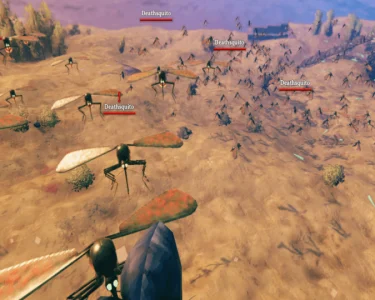I am here to explore the dark side of rat control, and the environmental impact of poisoning and trapping. Rats are a common pest problem in urban and rural areas alike, and many people resort to using rodenticides and traps to get rid of them. However, the use of these methods can have harmful effects on the environment, as well as unintended consequences.
The use of rodenticides, or rat poison, has become increasingly popular in recent years. These chemicals are designed to kill rats by interfering with their blood clotting ability, leading to internal bleeding and death. However, these chemicals are not selective in their targets and can also harm other animals that ingest them, including pets and wildlife.
In addition, rats that ingest these poisons can become prey for larger animals, such as owls, hawks, and coyotes, which can then be exposed to the poison as well. This can result in the spread of these chemicals up the food chain, causing further harm to wildlife and the ecosystem as a whole.
Trapping is another common method of rat control, but it too can have unintended consequences. Traditional snap traps can be effective, but they can also catch non-target animals, such as birds and small mammals. In addition, live traps can lead to the release of non-native species into the wild, further disrupting the local ecosystem.
The use of rodenticides and traps can also lead to the development of resistant rat populations. Rats are highly adaptable creatures and can quickly develop resistance to the chemicals used to control them. This can lead to the use of even stronger and more harmful chemicals, further perpetuating the cycle of harm.
So what can be done to address the issue of rat control and its environmental impact? One solution is to focus on prevention rather than control. Proper sanitation and waste management can help to reduce the availability of food and shelter for rats, making them less likely to take up residence in a given area. Additionally, the use of natural predators, such as barn owls and cats, can help to keep rat populations in check without the use of harmful chemicals.
It is also important to seek out alternative methods of rat control that do not rely on poisons or traps. For example, the use of ultrasound or scent repellents can be effective in deterring rats from a given area without causing harm to other animals. Additionally, the use of exclusion techniques, such as sealing off entry points and removing potential nesting sites, can be an effective way to prevent rats from entering a building or property.
In conclusion, the use of poisons and traps in rat control can have harmful effects on the environment and unintended consequences. It is important to seek out alternative methods of control that prioritize prevention, natural predators, and exclusion techniques. By doing so, we can ensure that our efforts to control rat populations do not come at the expense of the health of our environment and wildlife.




